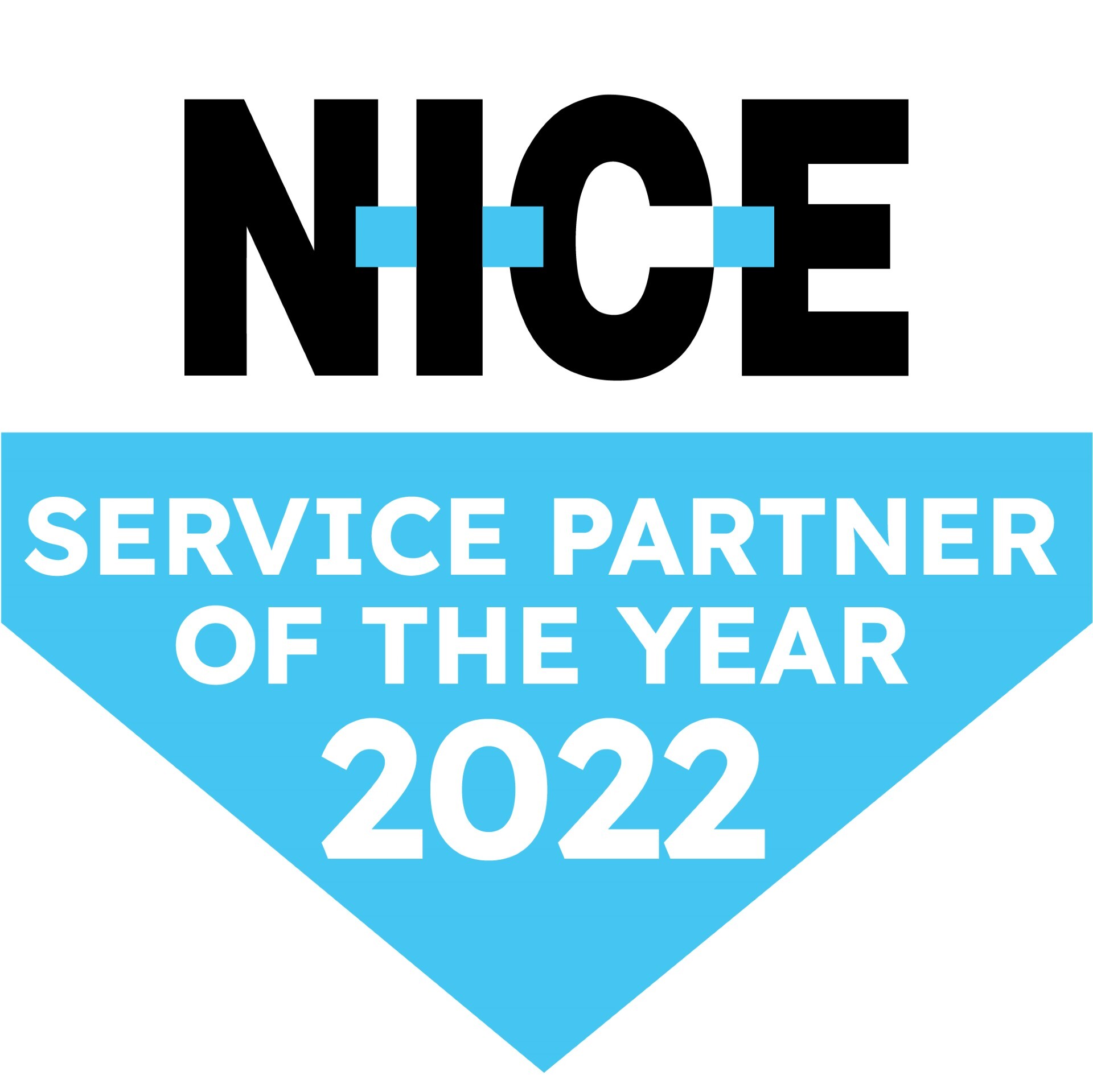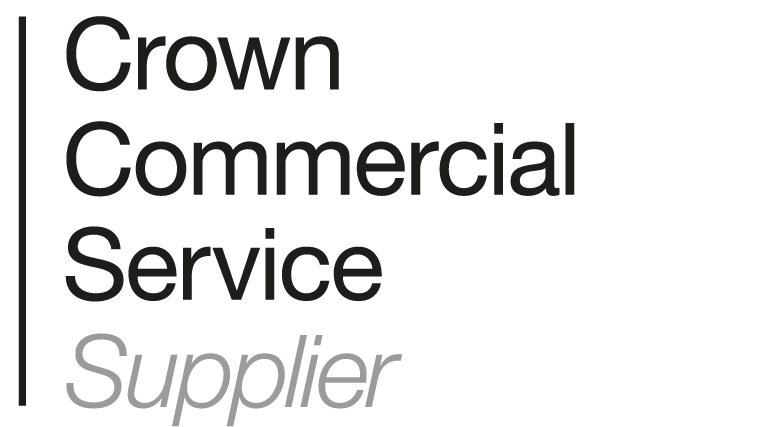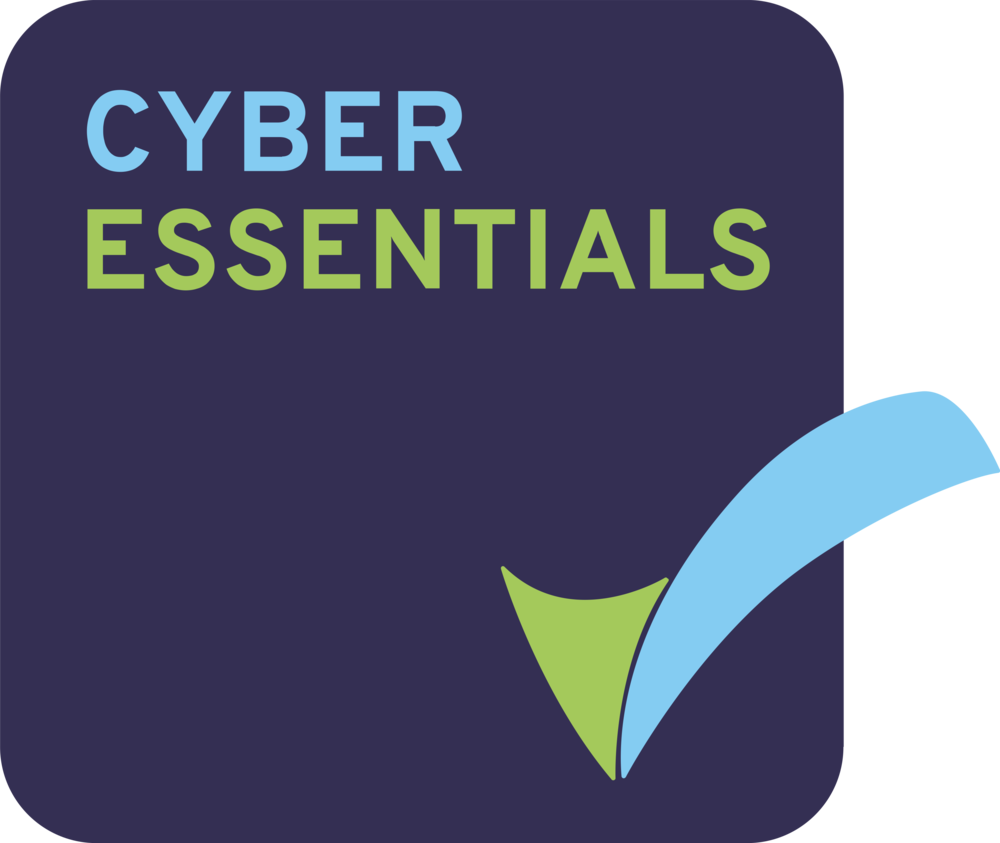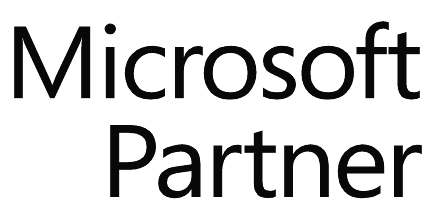ReAssure Back-Office Workforce Optimisation
The Challenge
Due to the scale and nature of its business ReAssure was experiencing a year on year growth in operational costs. Its growing back-office workforce, across multiple locations, had restricted their ability to deliver truly consistent customer excellence. Work was being managed across four sites – yet the existing business process and systems were unable to effectively transfer and record workflow across the sites.
Additionally, the original ReAssure business model was heavily built on an organisational tree structure, hindered by client centric processes and a dependency on key employees. Prior to working with OPX the concepts of ‘get next’ or ‘one and done’ simply did not exist and had created a set of business challenges such as staff managing their own work queues and ‘cherry picking’ tasks and there was a difficulty managing SLA’s and the oldest item of work due to archaic Management Information.

About the Customer
Part of the Swiss Re group, ReAssure, specialises in processing legacy, closed-life, business portfolios. The company has an impressive track-record in the administration of life, pensions and health businesses, and the acquisition of entire life insurance companies.
Swiss Re service approximately 3.3 million policies for several major UK Life Assurers with an operation spanning UK and offshore sites, and utilising 2,000 employees, including 800 customer service staff.
The Solution
ReAssure wanted to build a strategy to empower their business leaders to better manage the throughput of work, through real-time Management lnformation (MI) to assess and improve the team’s productivity, remedy any skills shortages and manage KPIs in line with evolving client and regulatory demand.
OPX enabled ReAssure to change the way its business was operating and performing on a day-to-day basis with an end to-end solution that would manage and report on all aspects of daily operations, people, processes, and technology. Underpinned by OPX, they were able to put best practices at the heart of operations to improve customer experience, reduce customer timelines and deliver ‘more for less’. They were also able to track and manage workloads more effectively and implement this model for their future acquisitions.





